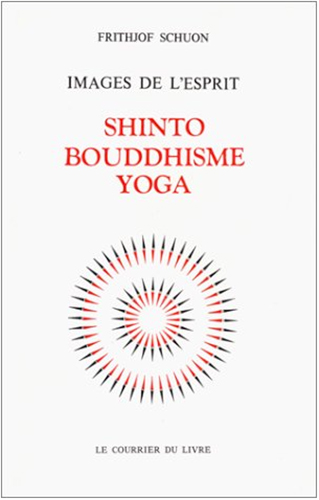
Frithjof Schuon Archive

Articles
| Titel | Zusammenfassung | Source | Article Language | Download | hf:tax:article_subject |
|---|---|---|---|---|---|
| Travel Meditations | Many questions arise simply because man lets himself be enticed into the domain where questions lie, instead of keeping firmly to the domain of certainty, If a man is confused by something, he should first of all come back to the certainty that it is not this world as such which is important, but the next world, and above all that God is Reality; and he should say to himself: in the face of this truth, which in principle is the solution to all questions, this or that question just does not arise; it is enough if he has the Answer of answers. And then God will give him a light also for what is earthly and particular. | Studies in Comparative Religion - Vol. 14, Nos. 1 & 2 (Winter-Spring, 1978) | English | comparative-religion multiple | |
| The Three Dimensions of Sufism | “FEAR” (makhâfah), “Love” (mahabbah), “Knowledge” (tarîqah): In Sufism (tasawwuf ), these are the three dimensions or stations of the way (tarîqah); “dimensions” from the point of view of their vocational separation or from the point of view of their coincidence in every spiritual vocation, and “stations” from the point of view of their succession in spiritual development. | Studies in Comparative Religion, Vol. 10 No. 1. (Winter 1976) | English | comparative-religion multiple sufism |
Featured Books
Featured Poems
Adastra and Stella Maris: Poems by Frithjof Schuon-Portrait
Pneumátikos: Wisdom is his blood;
Adastra and Stella Maris: Poems by Frithjof Schuon-Leila
Were I to see thee dance, Leila, my heart
Adastra and Stella Maris: Poems by Frithjof Schuon-Krishna
I would like to compare this wreath of songs
Featured Articles
Frithjof Schuon: souvenirs et anecdotes
Made in the Image – Schuon’s Theomorphic Anthropology
The theomorphic nature of man is a central theme in the oeuvre of Frithjof Schuon. Scott surveys Schuon’s key theomorphic teachings while touching upon the symbolism of the body and man in the wider context. Scott applies three categories within which he examines Schuon’s teachings on man’s theomorphic form (i.e. the body): (1) man’s divinity and animality, (2) the symbolism of the sexes, and (3) the meaning of sacred nudity.
The Milk of the Virgin: the Prophet, the Saint and the Sage
This essay by Renaud Fabbri, from Sacred Web 20, explores certain misunderstandings about Schuon’s position: was he a prophet (instituting a new transcendent religion or primordial message), a saint (some have portrayed him as a Muslim saint operating within the structures of Sufism), or, as the author contends, a sage (based on the Platonic or Hindu model)? Emphasizing the Marian foundation of his teachings, the author argues that Schuon is best understood as being a paracletic spokesman of the sophia perennis and a shakta.
